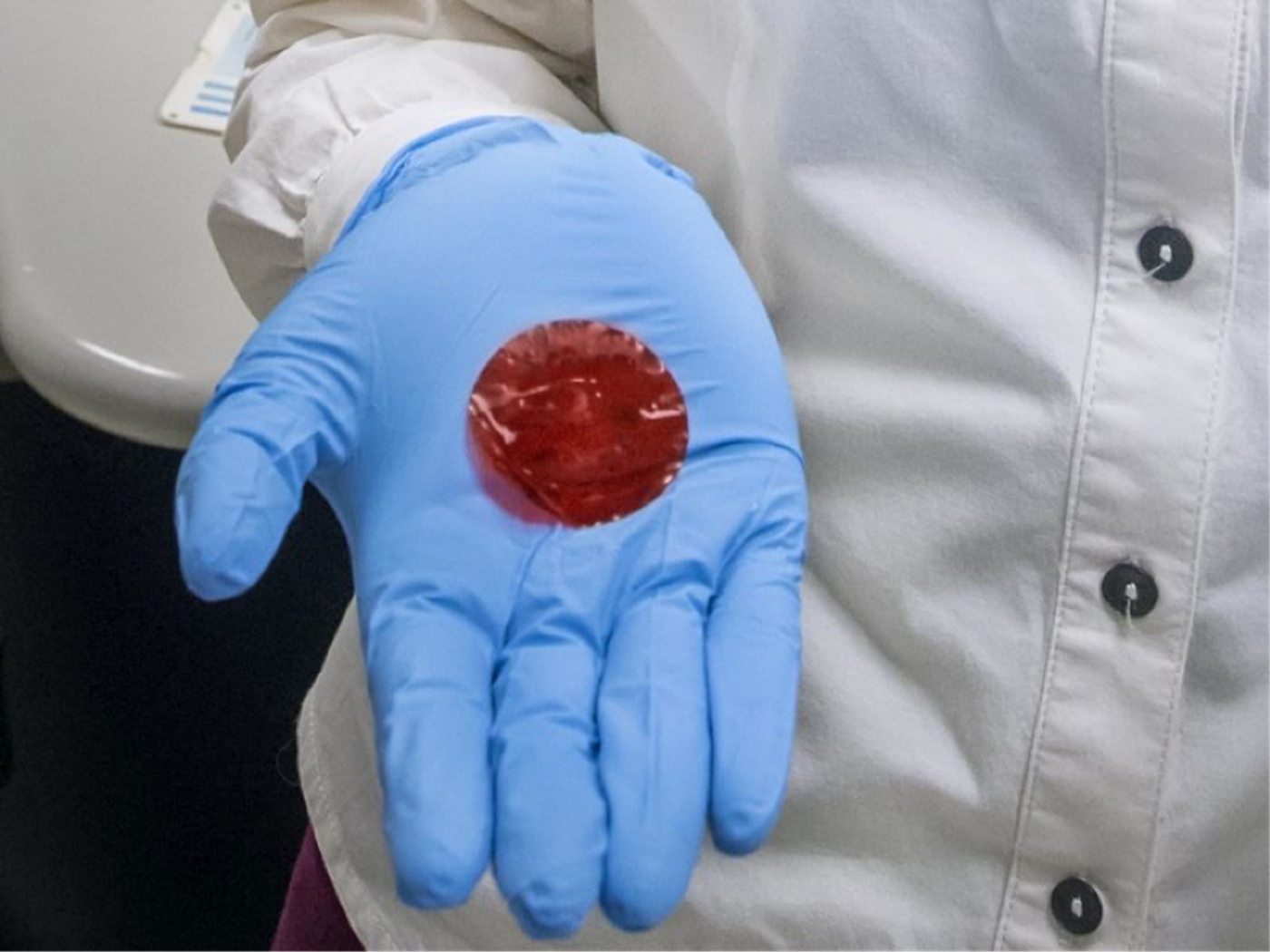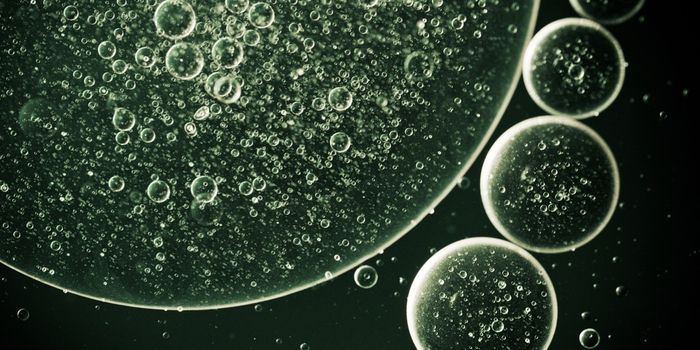Killing cancer is only half the battle. Sparing healthy cells and tissues while defeating cancer is the other half that’s more difficult than it sounds. Scientists have attempted to solve this problem by making drugs that specifically target only the cancer cells. But researchers at the Lawrence Berkeley National Laboratory are taking a different approach. They’ve developed the equivalent of a
chemical “sponge” that’s designed to soak up excess toxic anti-cancer drugs before it can harm healthy cells.

Roy Kaltschmidt/Berkeley Lab
The chemical sponge is known formally as the ChemoFilter. It works by containing molecules with a strong affinity to the chemotherapeutic agent. In the picture shown here, the polymer material turns from a yellowish hue to a red after it binds chemotherapy drugs.
The idea for the first generation of ChemoFilters came about when researchers were working on polymer membranes. "We used to use this material for transporting protons in a fuel cell," said Xi Chen, who is co-author of the study. "I was really excited when I found out this could be used for chemotherapy -- this was branching out in a totally different direction."
Chen and the team realized that certain components of the polymer membrane had a strong negative electric charge. Like a magnet, the material works nicely to attract chemotherapy drugs that have a strong positive charge.
Doxorubicin, a common chemotherapy agent that’s positively charged, was a fitting model drug to test their ChemoFilter system. "In our lab experiments, the current design can absorb 90 percent of the drug in 25-30 minutes," said Chen.
"Doxorubicin has been around for decades. It is very well understood, and it is also very toxic," said Steven Hetts, associate professor at the University of California San Francisco, and who was the mastermind behind the ChemoFilter system. "If you get exposed to too much, when it goes through the heart you can go into heart failure.” Having a sponge that can soak up excess toxin could transform how doctors use this drug.
But an obvious concern is whether the sponge could negate the anti-cancer effects of the drugs on the actual tumor. For example, if the ChemoFilter is administered too soon then the chemotherapy agent won’t have enough time to act on the tumor. Timing, then, will be a crucial component to this new technology.
After demonstrating its effectiveness in animal studies, the ChemoFilter system received a patent from the FDA in April. The team is hopeful clinical trials will begin soon to test the device in patients. And if the device works as it’s supposed to, the team thinks it could actually increase the effectiveness of current drugs. “If you can remove a lot of the drug, you could escalate the dose of the drug you can give, for better tumor control and potentially a cure -- and you could basically eliminate any side effects,” said Hetts.
Additional source:
Science Daily









